The Walt Disney Company, in one form or another, has existed for 100 years as of 2023. Unsurprisingly, over the course of that century, certain things said by the company — be they origin stories, achievements, or theme park plans — have turned out to be somewhat less than true.

Some would call these myths, some legends, and yes, some would refer to them as lies told by the Walt Disney Company. Today, we’ll be looking at four of the most infamous instances of Disney “lying.”
“Snow White Was the First Disney Princess”
One of the oft-repeated “truths” of Disney history, repeated by fans and the company alike, is that Snow White was the “first” Disney princess. This stems from the fact that Snow White and the Seven Dwarfs was the first feature-length animated film of all-time, and a massive success that elevated the Disney studios from a successful producer of animated shorts to a Hollywood power player.

However, while the film’s legacy as Disney’s first feature-length piece remains intact, the title character’s claim to being Disney’s first princesses is rendered false by one of the aforementioned shorts. As Smithsonian Magazine explained back in 2016, that title actually goes to “Persephone, the main character of a 1937 Silly Symphonies short that served as a sort of test run for Snow White. The film, The Goddess of Spring, features Disney’s first realistic maiden twirling and flitting through an idyllic spring world, accompanied by dancing, dwarf-like figures, birds and fairies.”
So, the real question is, why haven’t we seen an influx of Persephone merchandise along with the rest of Disney’s Princesses? Well, the answer is likely because Disney wants to continue marketing Snow White as the “first” given the character and her film’s enduring legacy and popularity.
“Walt First Imagined Disneyland While His Daughters Rode a Carousel”
During his lifetime, Walt Disney often told the origin story of Disneyland as such: That on one of the “Daddy Daughter Days” he had with his children, Sharon and Diane, he took them to the Griffith Park Carousel. According to his story, Walt first imagined the concept of Disneyland while sitting on one of the park’s benches while his daughters enjoyed the ride. He explained, “As I’d sit there and watch them go on the merry-go-round, I’d sit on a bench eating peanuts, and I felt that there should be… some kind of amusement enterprise built where the parents and the children could have fun together.”

Not only was this story often reported in Walt’s lifetime, it’s one the Walt Disney company has often repeated in documentaries, books, and theme park exhibits in the decades since Walt’s death in 1966. The bench Walt sat on has even been displayed at the Disneyland Opera House, with a plaque that reads “The actual park bench from the Griffith Park Merry-Go-Round in Los Angeles, where Walt Disney first dreamed of Disneyland.”

While it may be a reach to call this well known creation story of Disneyland a total “lie” as it’s entirely likely that Walt’s experiences with his daughters at the Griffith Park Carousel and attractions like it played a part in inspiring Disneyland, the story that the Disneyland concept came to him like a bolt out of the blue while he was sitting on that park bench doesn’t hold up to scrutiny.
Instead, the concept of Disneyland evolved overtime. The first idea of a Disney tourist attraction was a studio tour of some sort, apparently in response to the large amounts of mail the studio received asking for as much. However, as watching animation doesn’t necessarily lend itself to an exciting tourist attraction, Walt began plotting out a concept initially called “Mickey Mouse Park.”
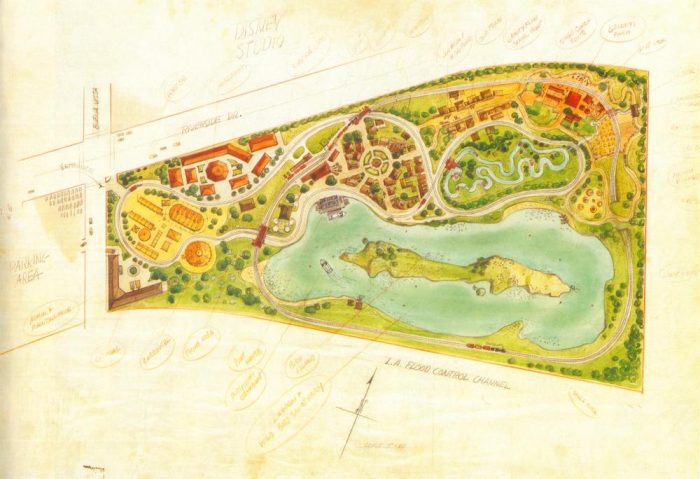
The idea was for a small, 8-acre “play park” across the street from the studio, which was heavily inspired by visits Walt and animator/fellow model train enthusiast Ward Kimball made to the Chicago Railroad Fair and The Henry Ford Museum and Greenfield Village in 1948. The concept also took notes from Denmark’s Tivoli Gardens, California’s Knott’s Berry Farm, Colonial Williamsburg, the 1933 Chicago World’s Fair, and the New York’s World Fair of 1939.

By the time these initial plans for Mickey Mouse Park had morphed into the Disneyland we know and love today, Walt had settled on the simplified Merry-Go-Round origins story as part of his pitch for the park.
“The Western River Expedition will Headline Magic Kingdom”
We could write an entirely separate piece on the amount of Disney theme park attractions that have been publicly promised only to never be built. Heck, the Disney Decade section alone would be thousands of words. However, there’s arguably no single attraction Disney could be said to have publicly “lied” about more than the Western River Expedition.
The Western River Expedition was to be the magnum opus of legendary Disney animator and imagineer Marc Davis, whose unparalleled credits include iconic elements of The Jungle Cruise, The Haunted Mansion, and — most relevant to this story — Pirates of the Caribbean.
During the initial planning stages of Walt Disney World, Davis and his fellow Imagineers didn’t plan on including a version of Pirates of the Caribbean as the feeling was that Floridans wouldn’t find pirates exotic or interesting since the region is steeped in pirate lore and culture.
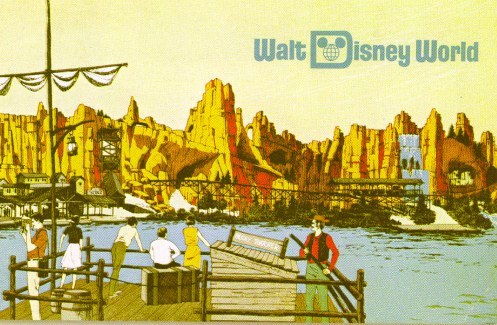
Instead, Davis — who didn’t want to repeat himself anyway — crafted not only the Western River Expedition (a wild west-set boat ride full of animatronics and Davis’s trademark gags in the vein of Pirates, but on a grander scale), but also the massive Thunder Mesa complex which was to house not only the WRE attraction, but also pack mules, a long flume ride, and the runaway mine train coaster.
To put things in perspective, had the complex been built, it would have taken the space currently occupied by both Splash Mountain and Big Thunder Mountain Railroad (which itself was inspired by Thunder Mesa’s coaster section) in the Magic Kingdom today.
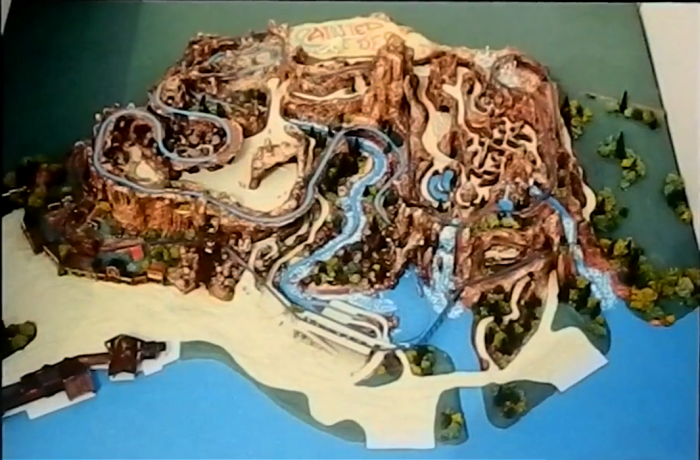
Initially, Thunder Mesa was planned to be an opening day attraction at the Magic Kingdom, and was advertised as such in promotional materials. However, due to budget overruns with the Walt Disney World project and the intricacy of Davis’s plans for Western River Expedition, the whole attraction was pushed to Walt Disney World’s second phase of construction and scheduled to open 3-5 years after the park’s opening day. It was something Disney continued to advertise on postcards, park maps, and even an exhibit on Main Street.
However, there was one issue: Guests wanted to know where the pirates were. See, despite the amount of pirate culture already present in Florida, Walt Disney World guests were still desperate to see the attraction that had been made iconic by Walt on his Sunday night television series. In response to these complaints — and much to Davis’s chagrin — a shortened version of Pirates of the Caribbean was green-lit for immediate construction at Walt Disney World, using much of the budget that had been set aside for the Western River Expedition.
With Pirates taking up not only the money earmarked for the attraction, but also arguably its spot in the park’s attraction lineup, the future of the Western River Expedition was immediately in limbo. Despite this, Disney spent the rest of the 1970s advertising Thunder Mesa as coming soon various ways before finally opening Big Thunder Mountain in 1980 on the land originally set aside for the project.
“It Was All Started By a Mouse”
The full version of the above (“I only hope that we never lose sight of one thing: that it was all started by a mouse”) is arguably Walt Disney’s most famous quote. This tribute from Mickey to Walt is so well known that Disney has used it in numerous documentaries, museum displays, on merchandise, and even within the theme parks. The only issue? Mickey was years away from being created when the company that would become the Disney we know today was launched.


While it may seem pedantic to nitpick the accuracy of “… it was all started by a mouse”, especially since Mickey’s immediate popularity did skyrocket the popularity of the company, becoming to the springboard for the studio to morph into the Walt Disney Company we know today, it does seem important to acknowledge the pre-Mickey history of the company, especially since Disney themselves continue to push the “all started” quote – or as they initially misquoted it at a statue at Disneyland celebrating the company’s 100th anniversary in early 2023, “it all started with a mouse.”
Is Disney Jail Real? How Do You Get There?
Join the AllEars.net Newsletter to stay on top of ALL the breaking Disney News! You'll also get access to AllEars tips, reviews, trivia, and MORE! Click here to Subscribe!

Did you believe any of these Disney “lies” at any point? Any major ones you’d like to see us cover? Let us know in the comments below.




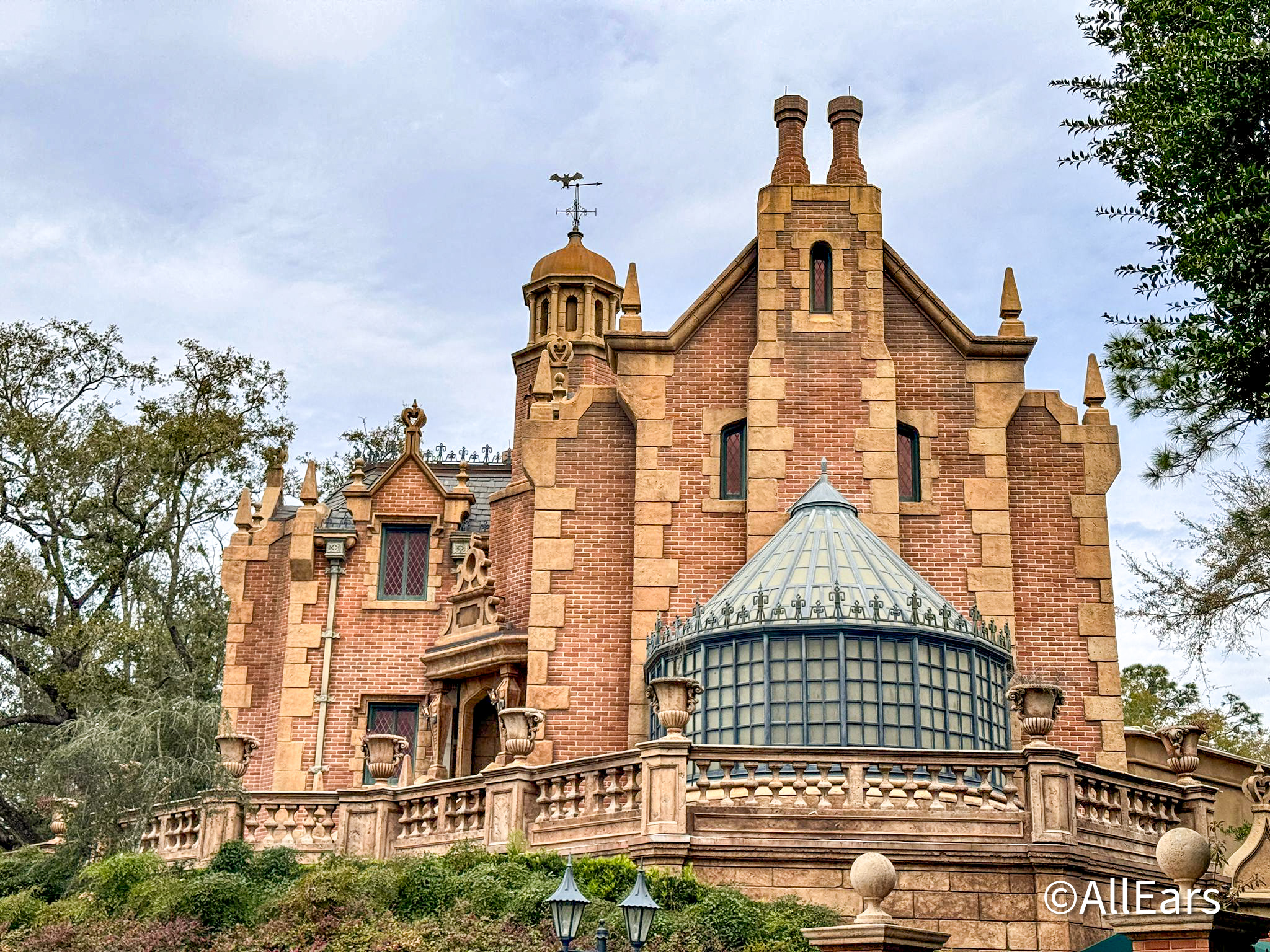
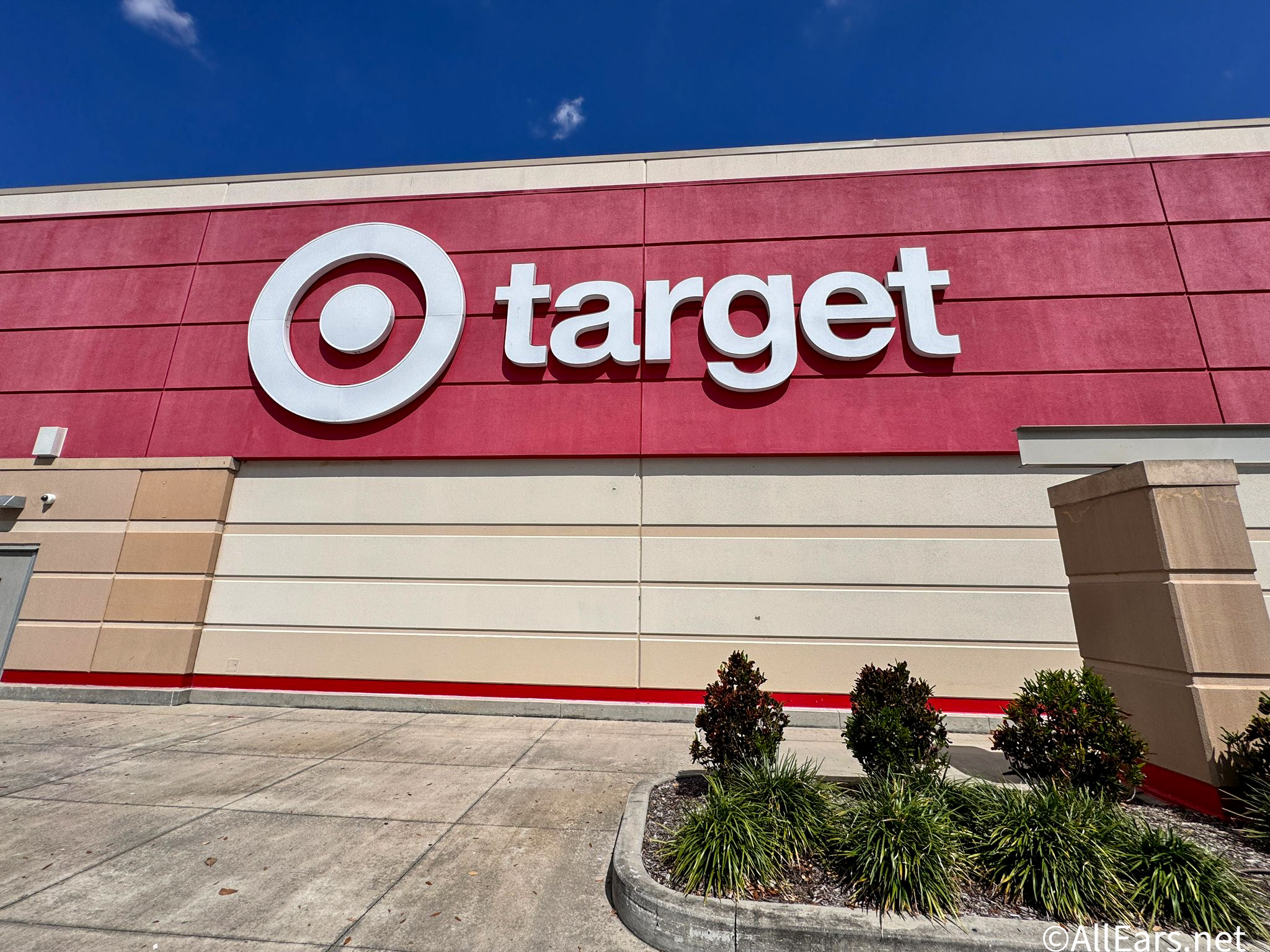
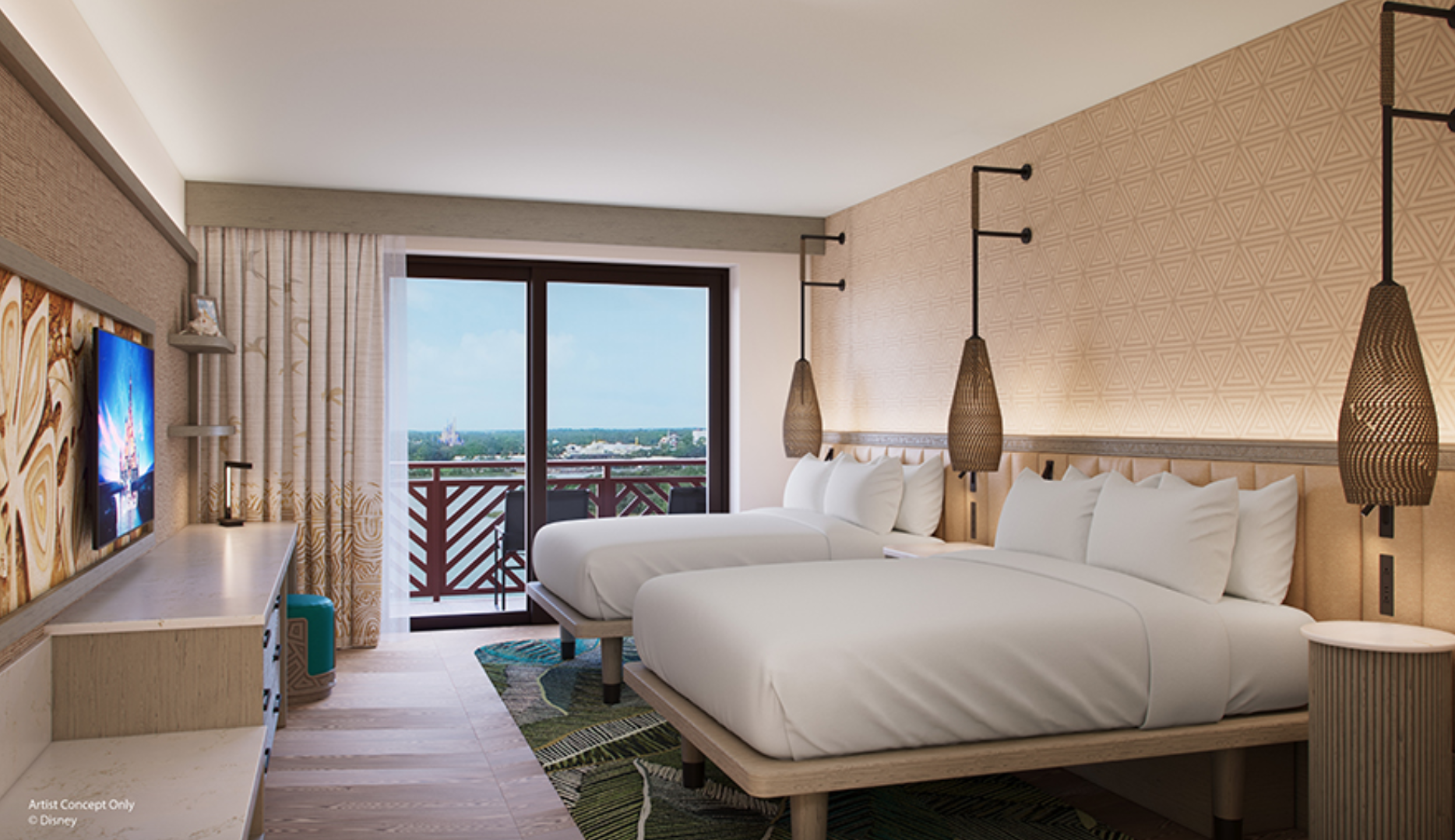

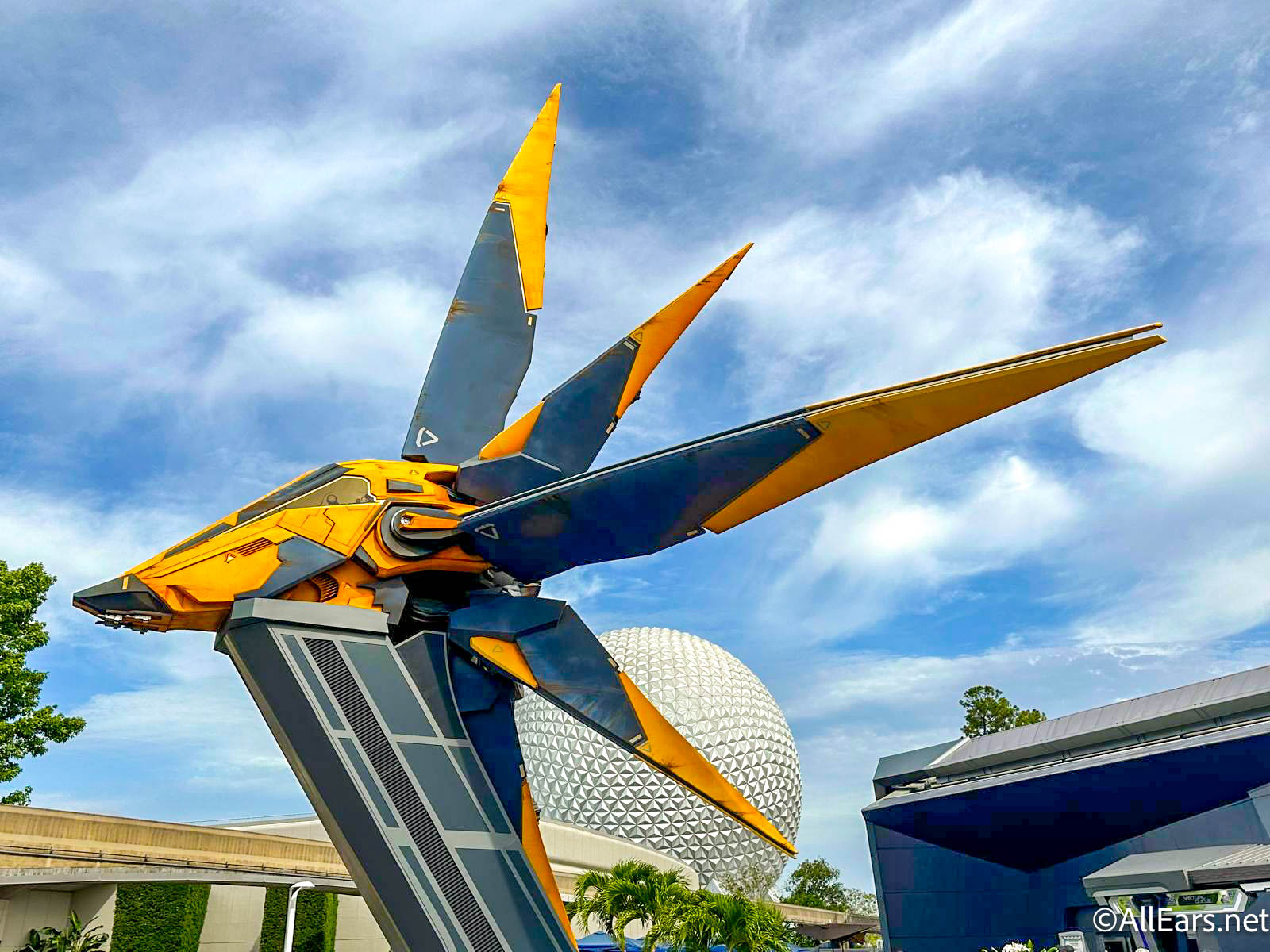



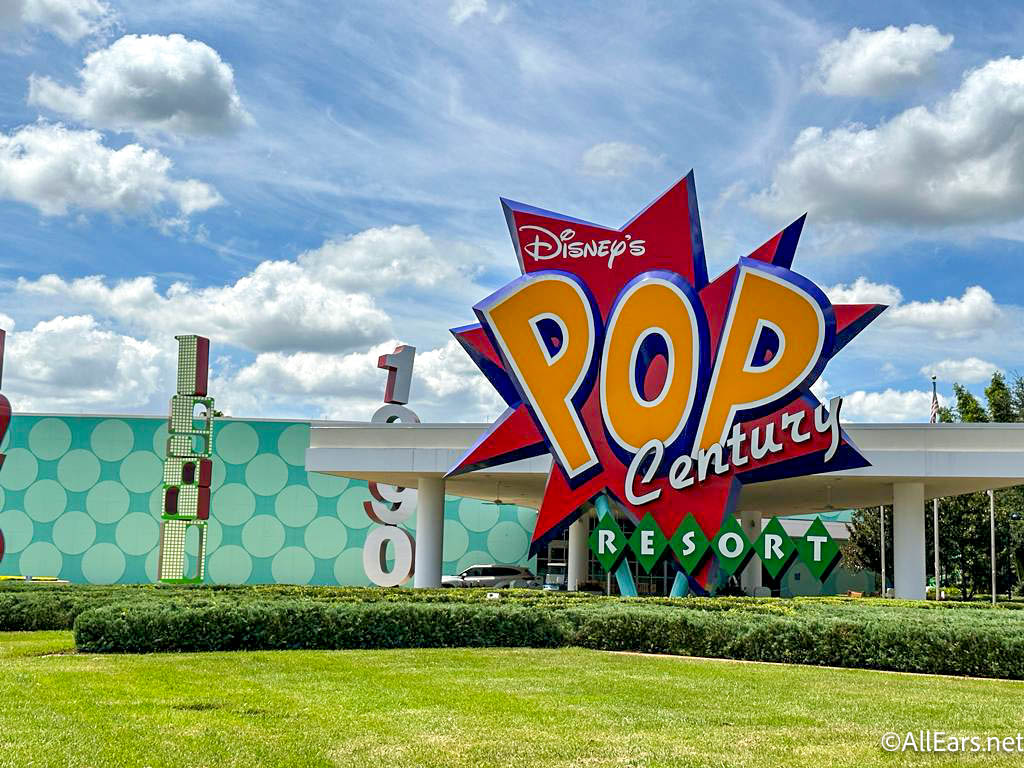
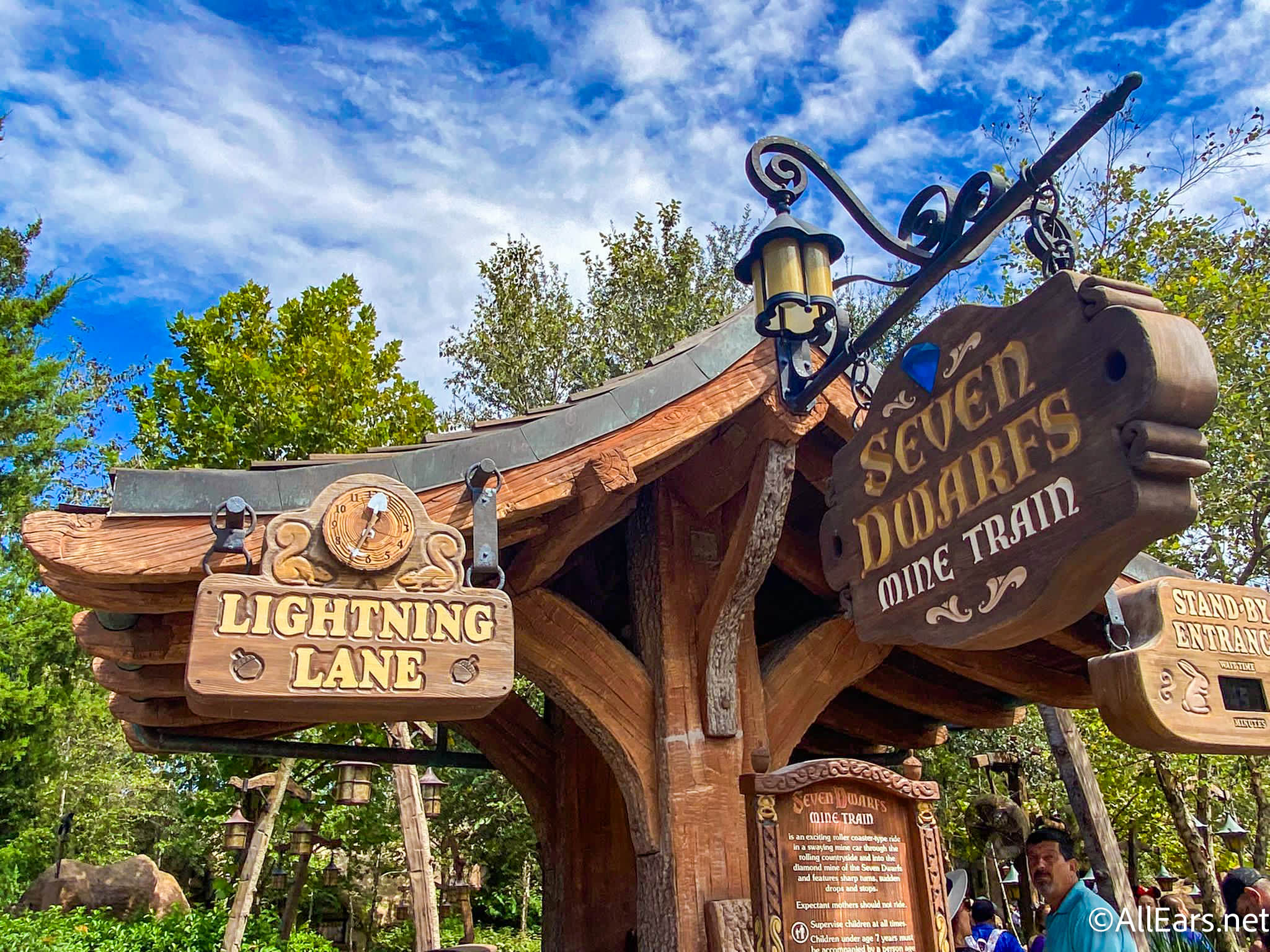
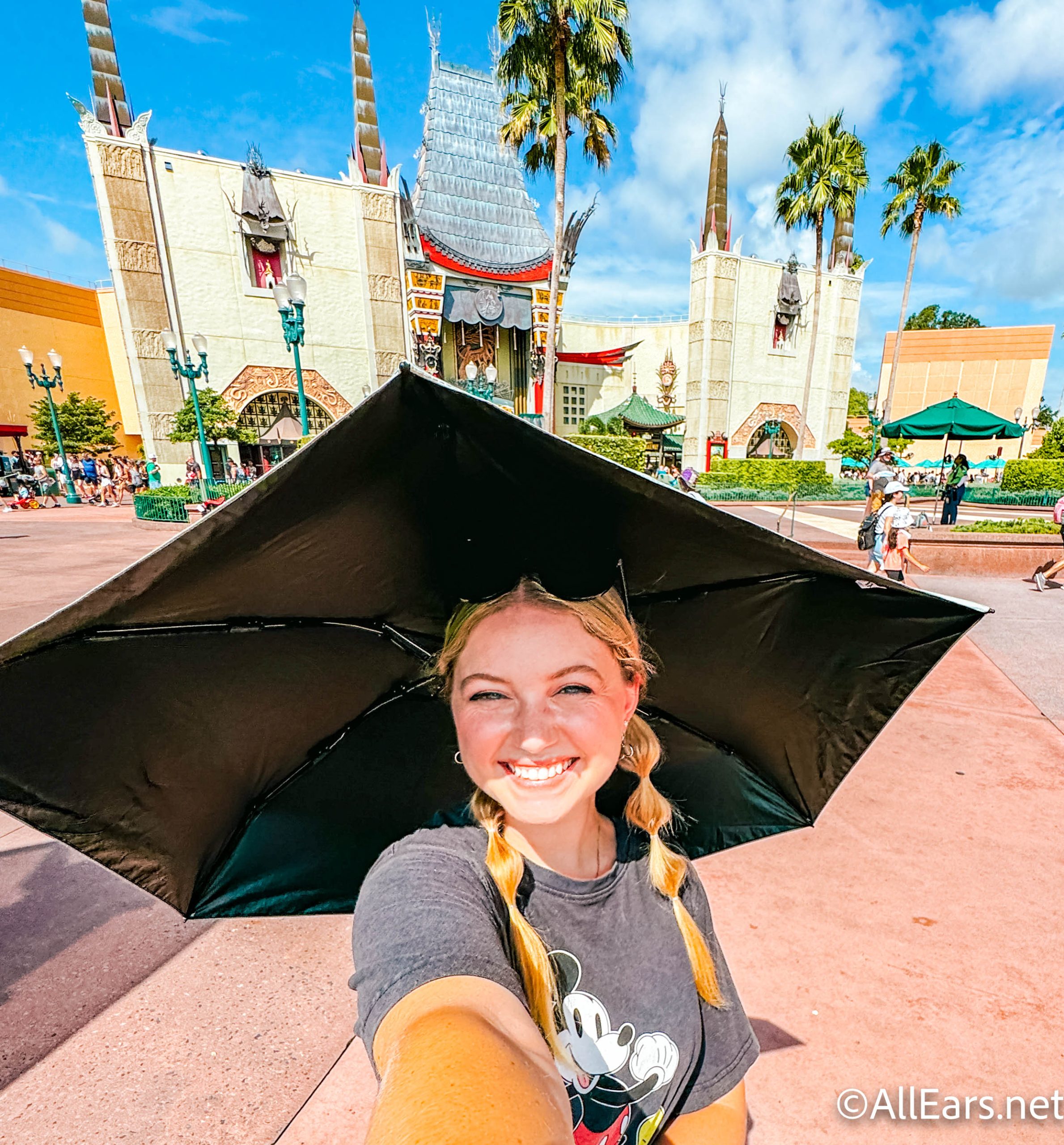

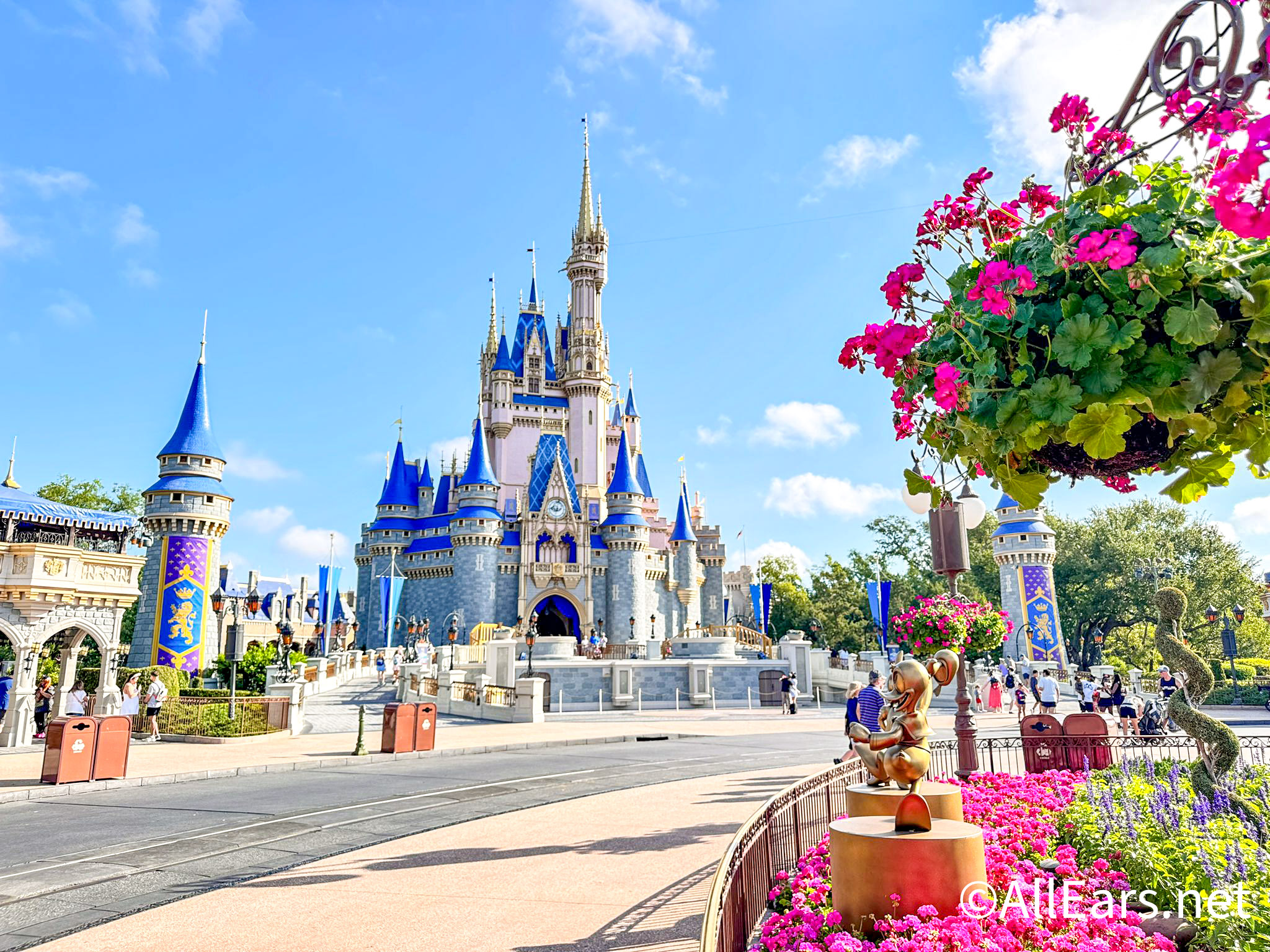





Trending Now
A ride will close soon in Universal.
It's never to early to shop for Disney advent calendars!
Did you know Walt Disney World offers FOUR pet-friendly hotels?
We know what you'll be doing the next time you're in line for the Haunted...
Looking for the perfect pants for your next Disney parks trip? Look no further --...
Let's have a look at Disney World's Controversial Hotel announcement!
Some new nonstop flights are available to MCO!
This might be the WORST decision you can make on Guardians of the Galaxy: Cosmic...
There's one ride you should always rope drop in EPCOT.
A reliable park bag is ESSENTIAL in Disney World and we've got four from Amazon...
Breaking this Disney World rule could be painful and ruin your vacation.
We have a warning if you are planning on staying at Disney's Pop Century Resort...
We tried out Disney World's new Lightning Lane skip-the-line service today and WOW were we...
We had STRONG feelings on this umbrella.
These Haunted Mansion souvenirs are perfect for Foolish Mortals who wish to spend more time...
We officially know the pricing for the new Lightning Lane Multi Pass and Lightning Lane...
Haunted Mansion has been closed for MONTHS in Disneyland, but now we know when it'll...
This is not a drill! The Stitch Glow Pumpkin is online RIGHT NOW.
Disney World fans say they'll NEVER eat at these hotel restaurants again.
Everything that distinguishes the Disneyland and Walt Disney World Haunted Mansions from each other.